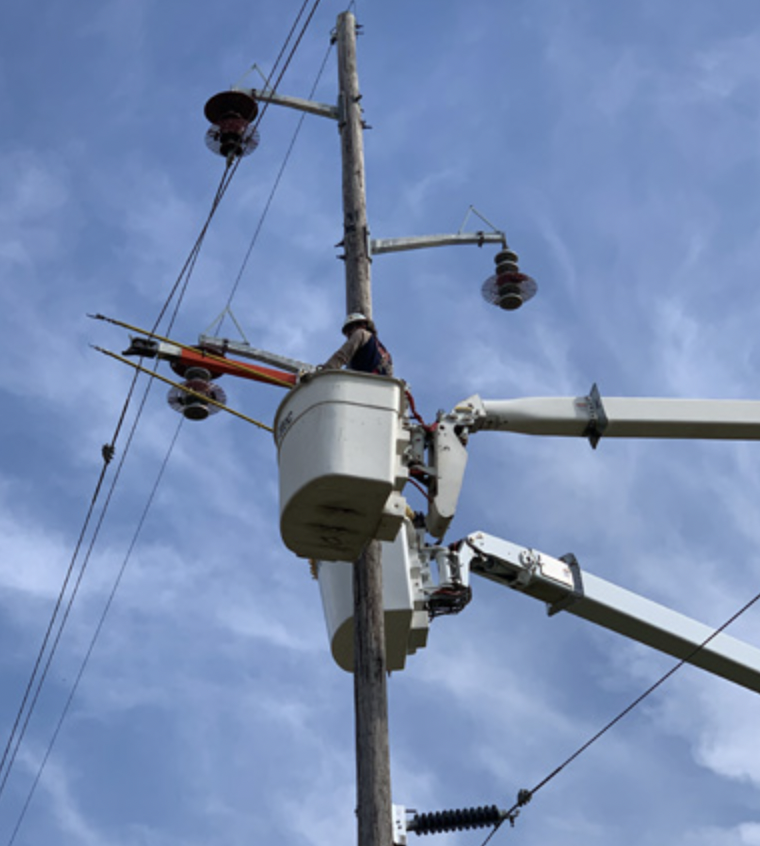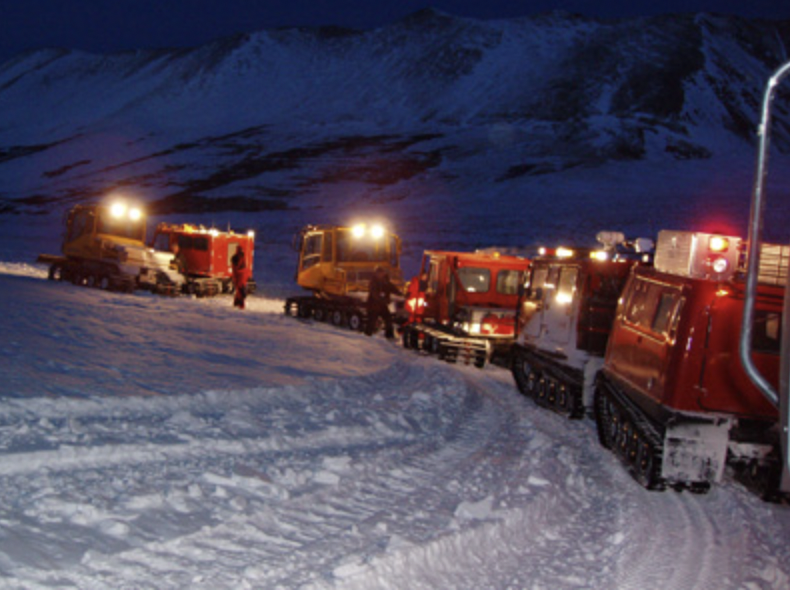Using Situational Awareness to Enhance Field Security
Recently I was on a conference call during which a client and I discussed aggression aimed at the client’s line crews and service technicians. As I hung up, I came to the realization that hostility toward utility workers isn’t a passing storm – it’s a bellwether of change in the public attitude. Aggression directed at utility workers is a critical issue that we must deal with effectively before more people are hurt.
The truth is, a growing number of people no longer see investor-owned, municipal and cooperative utilities as benevolent service providers. Instead, they see adversaries who...

